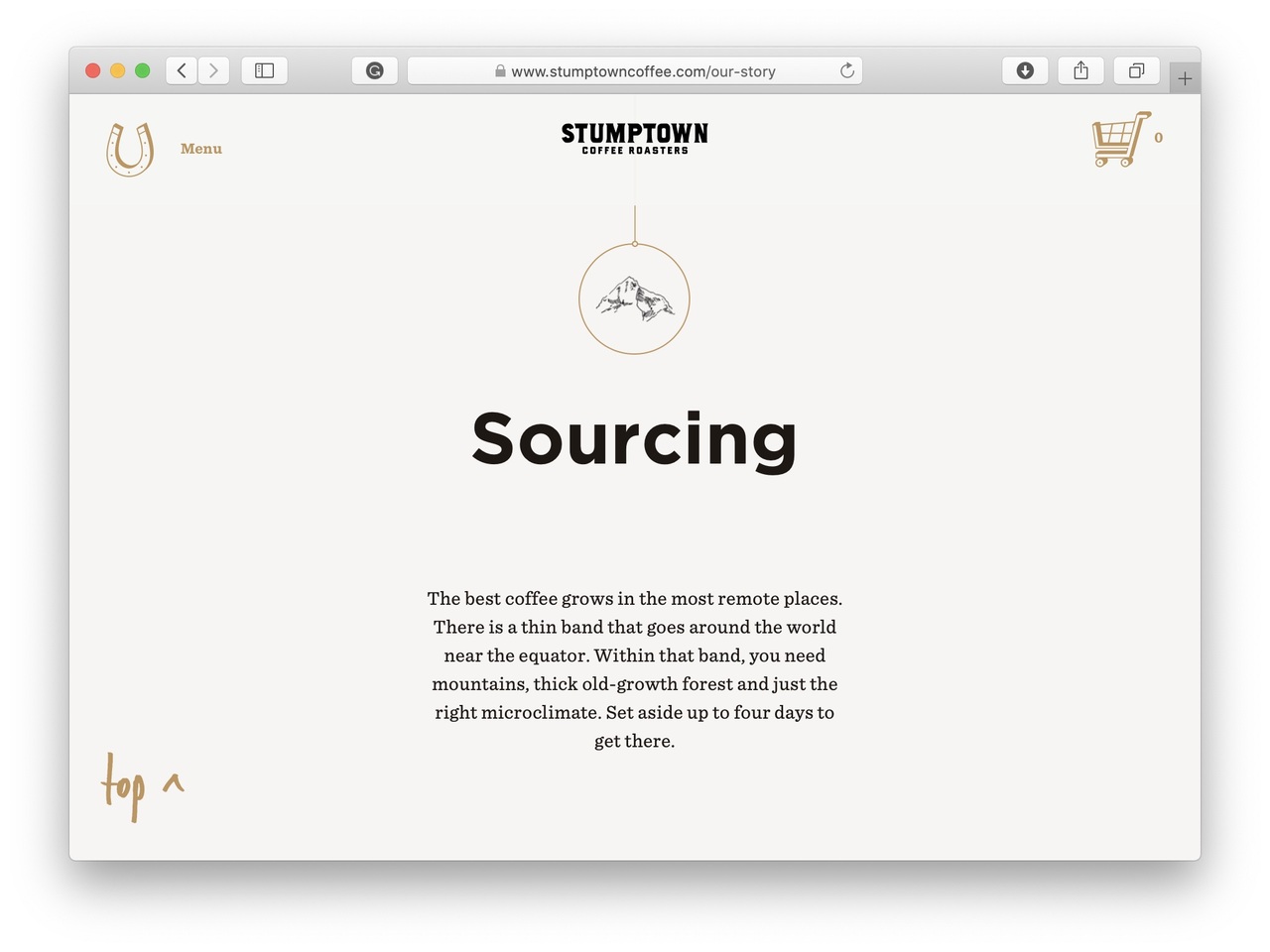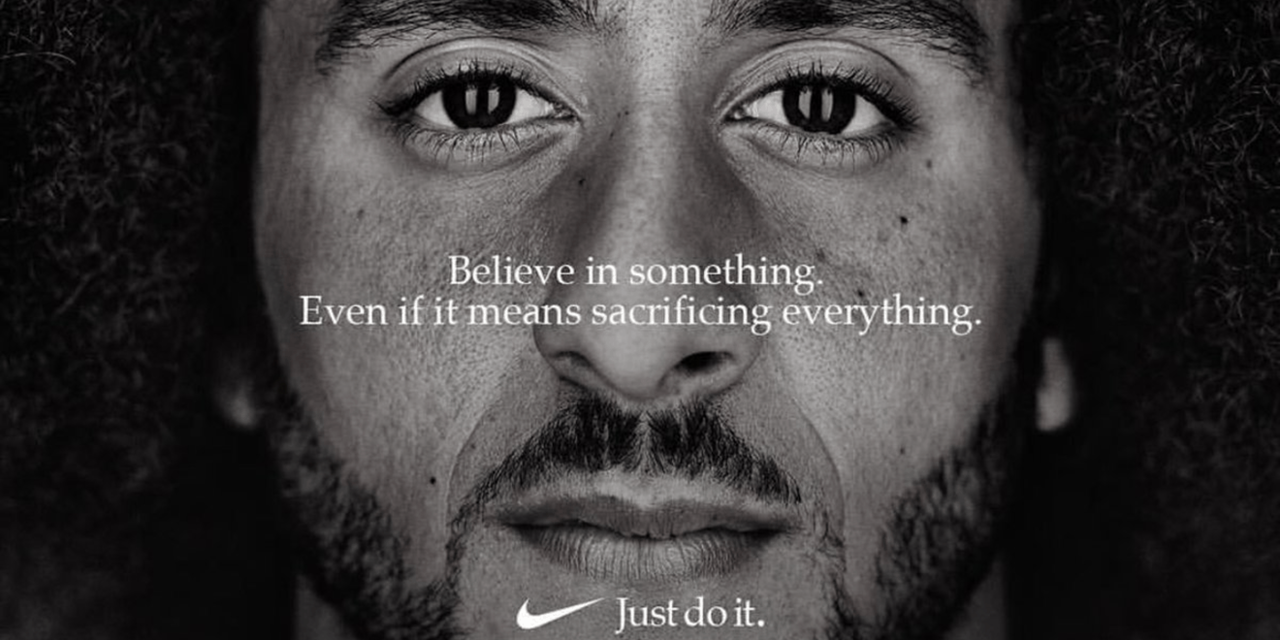Why Brand Consistency Matters

The vast majority of purchasing decisions are made with emotion, not logic.
When people develop an affinity for a brand, they invent reasons to justify their feelings. As Douglas Van Praet writes,
“We are not rational. We are rationalizers.”
This is why branding matters.
These days, markets are saturated with 10’s of different products that all do more or less the same thing. This trend is particularly distinct in tech, both B2C and B2B. Just think about how many food-delivery apps are floating around the App Store.
Smart companies don’t want to sink into a vanilla ocean of similar products, so they take their branding seriously. And they also make sure they keep it consistent.
That’s right, having a strong brand doesn’t mean showing up one time — you’ve got to keep that experience consistent across the user experience. In short, you have to make sure your brand is consistent.
That’s how you turn your brand into a competitive advantage, which attracts new customers and keeps current ones loyal. That’s how you build something unique when everyone else is working on variations on the same thing.
The rest of this article will show you how to do that.
Making your brand a competitive advantage
Everyone dreams of working for an organization that people choose primarily because of the brand itself.
Building this kind of connection between your audience and your company is difficult, but ultimately is a worthwhile endeavour.Nike may or may not make superior soccer cleats, but they are my first choice because of my affinity for their brand. I don’t even consider Adidas, even though their cleats are of nearly identical quality.
Years upon years of product design, creative advertising, and actual product usage have won my loyalty — and on certain days turned me into an advocate.
For decades, business technology products have relied on features as the primary driver of demand. After all, if you’re functionally superior, that’s all that matters right? Eh, maybe if this was 1995 and you worked for IBM.
These days, technological innovation only buys most organizations a couple of years. You can get a head start, but eventually, someone will copy what you’re doing. The barrier to entry for technology is simply too low now.
Don’t believe me? The most recent data on marketing technology reveals there are over 8,000 different solutions. And that number increased by 24% from the previous year.
The majority of the products in each of the sub-categories do mostly the same thing. There may be slight differences, but they aren’t distinct enough to really matter. That’s why it will always be worthwhile to build a good brand: it’s one of your only defenses against commoditization.
Speaking of which…
What it takes to build a good brand
So what does it take to build a good brand?
There are dozens of books that have covered that topic in-depth, but I’ll cover a few highlights here. (BTW, Different and Bigger Than This, are two excellent books on brand.)
At the core, building a brand means telling a story - especially a narrative that lines up with the interests or values of your audience. Then you repeatedly tell that story through your visual design and content so it sinks in with anyone who will listen.
You can tell your brand’s story in a few different ways. The first is to advertise the back story of your product or service.
For example, there are a plethora of coffee roasters who invest a lot of energy in explaining where their coffee comes from. That means describing the region of the world where it’s grown, unpacking the science behind how that affects taste, and profiling the local farmers who till the fields and care for the beans. Stumptown Coffee Roasters is a perfect example.

Taking a stand or aligning your brand with a cause is another way to tell a story. Patagonia has fully committed itself to sustainable business practices and fighting global warming. You could call that calculated, but the sincerity of their approach has made them unique among their industry.

Their customers absolutely love it.
Keeping your brand consistent
So you’ve done the hard work of building a brand. Now you have to keep it consistent.
Once people buy-in to your brand, they adopt a set of expectations. If your company were a brand, it would be the same as people loving your first album and wanting more of the same.
Herein lies the importance of brand consistency: people want more of what drew them to you in the first place.
Instead of the sound of your music, people apply their expectations to things like visual design and usability of your site to the copy and images you use in your Instagram posts. Keep doing what people like, and you’ll attract more loyal fans and customers.
This leads to an important question: how do you manage all of your digital content as you grow a company? Great question. The answer is twofold.
1. Make branding a priority In growing organizations, it can be all too easy to prioritize customer acquisition over the brand. But that path leads to The Dark Side. Your company might not become Darth Vader, but it will become another vanilla brand that no one has any strong affinity for.
In growing organizations it can be all too easy to prioritize customer acquisition over the brand. But that path leads to The Dark Side.
To avoid that tragic fate, make branding central to everything you do. If you’re coming out with a new lead magnet, make sure it’s something stellar that will actually wow your audience. Whenever you hire someone new, spend a lot of time explaining what your brand means and why it matters to your audience.
2. Be consistent across all mediums Your brand messaging should be consistent across all mediums and channels. This seems obvious - but each medium has its own challenges and differences which means you may have to develop different content for each. However, tone and the overall message should definitely be consistent - no matter what.
For example, there’s one element to brand consistency that’s often overlooked: your sound signature or audio signature.
Essentially, this is the music you use in your marketing. We are all emotional decision-makers and music is excellent at establishing a particular mood, that can often remain memorable, and trigger the emotive response we want.
If a sound signature is something you haven’t yet established for your brand, Soundstripe is a great option for finding royalty-free music for your brand and their song-filters help you find your brand’s sound.
3. Use the right tech This is a big one. It’s one thing to wax philosophically about the importance of branding, but it’s entirely different to manage the day-to-day tasks of being that brand.
That’s why software like Brandkit is around. By creating a repository of approved content (including audio) and brand guidelines, you give your team, (e.g., your inhouse storytellers), and your external storytellers (e.g. partners, resellers, journalists) the guidance they need to keep giving your audience what they love.
It’s basically a central point of truth, with all the approved content any marketer or designer could ever need.
4. Keep evolving People change. The zeitgeist moves on. So make sure you’re always keeping a pulse on what resonates with your audience. These days, Nike is waaay more than just sports gear. They’ve aligned themselves with causes like gender equality in sports and protests against police violence.
Nike adopted these causes; they weren’t part of the brand’s inception. Still, the majority of Nike’s audience has accepted, and in some cases appreciated, the brand aligning itself with these causes.

And yeah, some people got mad, but in that same period of time, Nike’s sales skyrocketed.
That’s not an accident. Through social listening, surveys, and a slew of other feedback loops, Nike knew that aligning with these causes was good for their brand. Yes, it was new, but it was also informed. That’s why it worked.
I know creating a brand people really like sounds difficult. That’s because it is. But the payoff is absolutely worth it. Once you do strike gold, it’s just as important to keep delivering. Otherwise, you risk being “a flash in the pan”. And keeping things consistent comes down to process.
The process of making your brand important and developing a scalable infrastructure to do so.
Zach Watson is the content specialist at Soundstripe, a music licensing company that supplies creators with classical music (among other genres) and sound effects.
Why Brand Consistency Matters
The vast majority of purchasing decisions are made with emotion, not logic.
